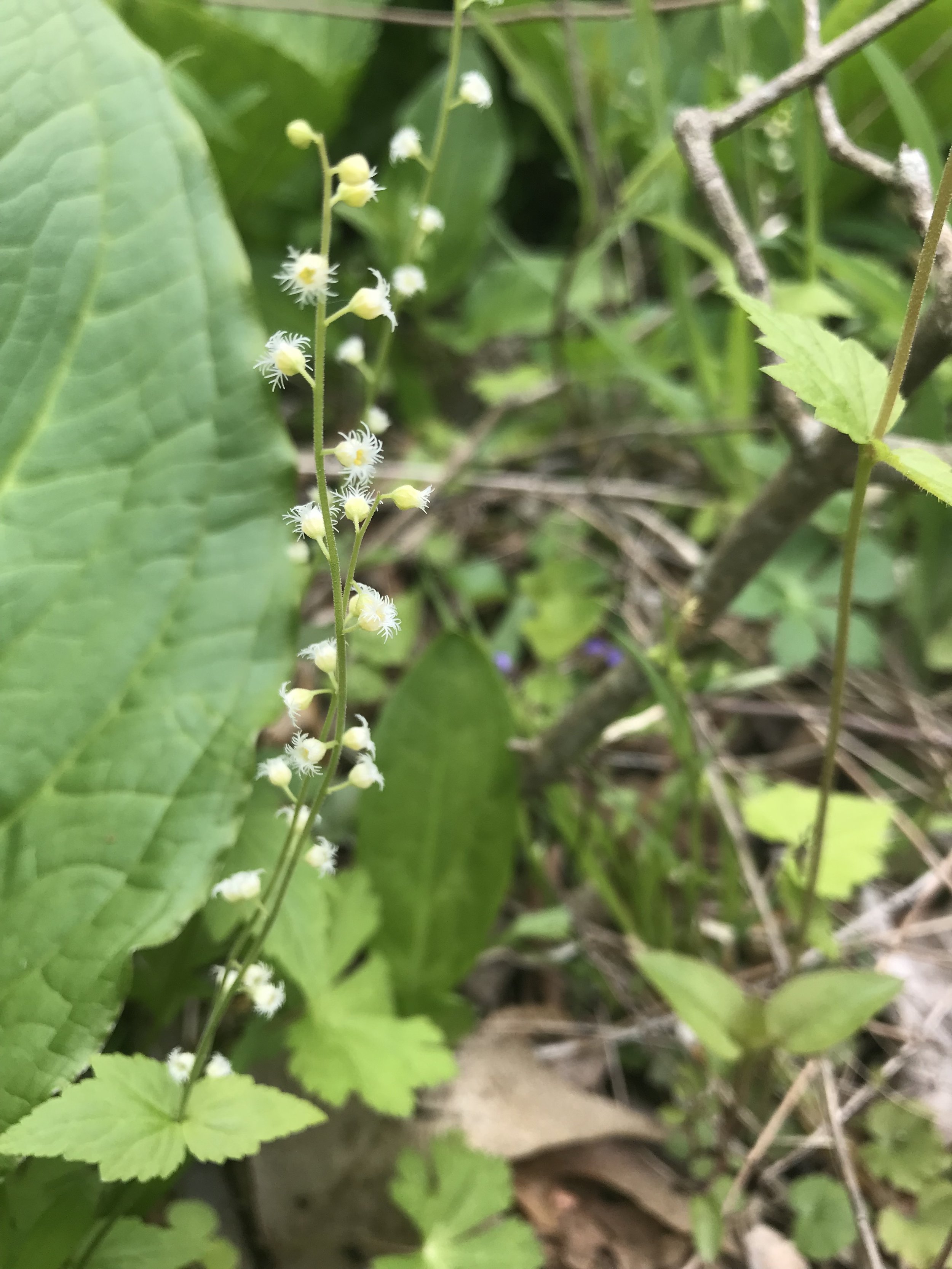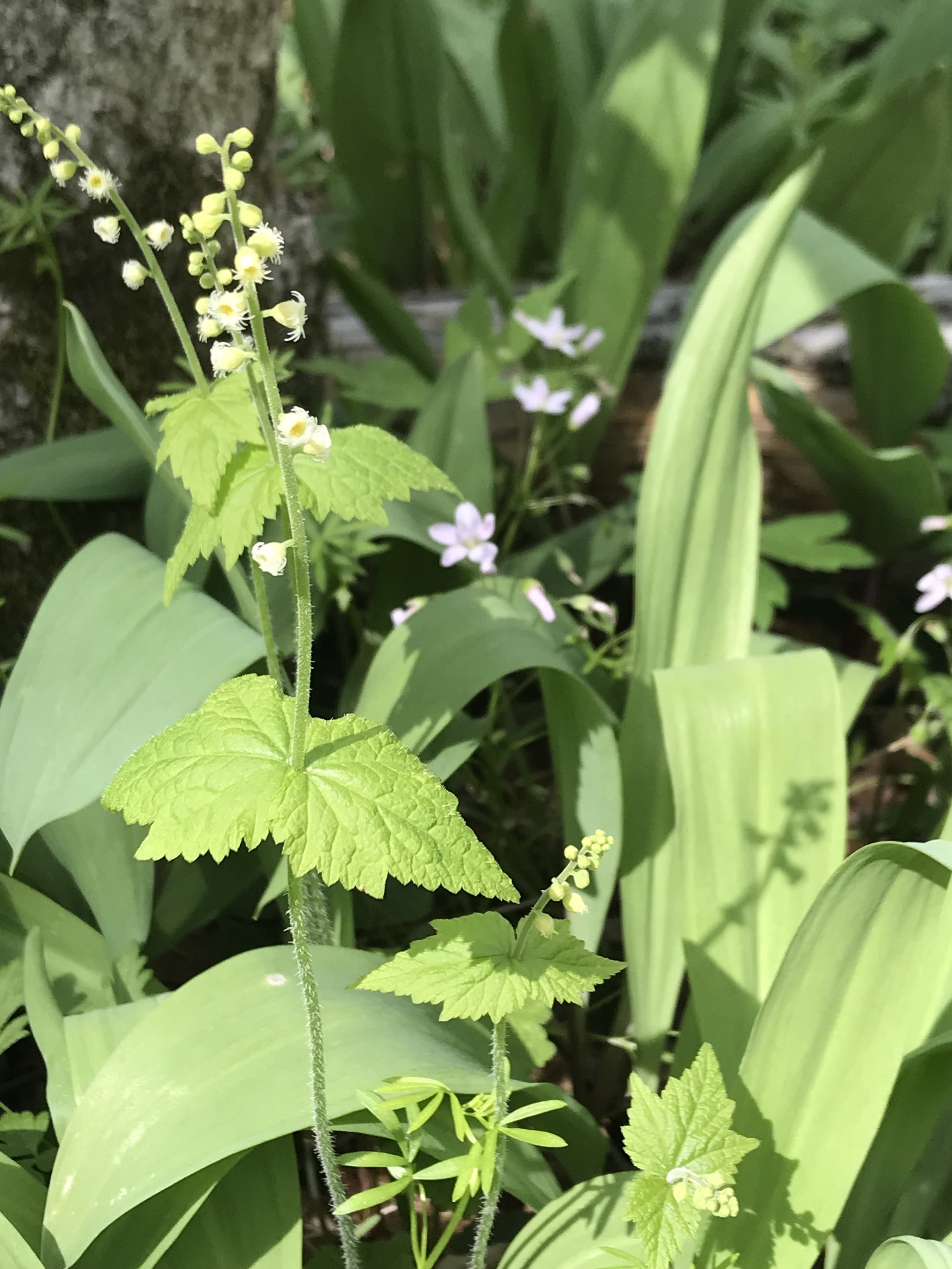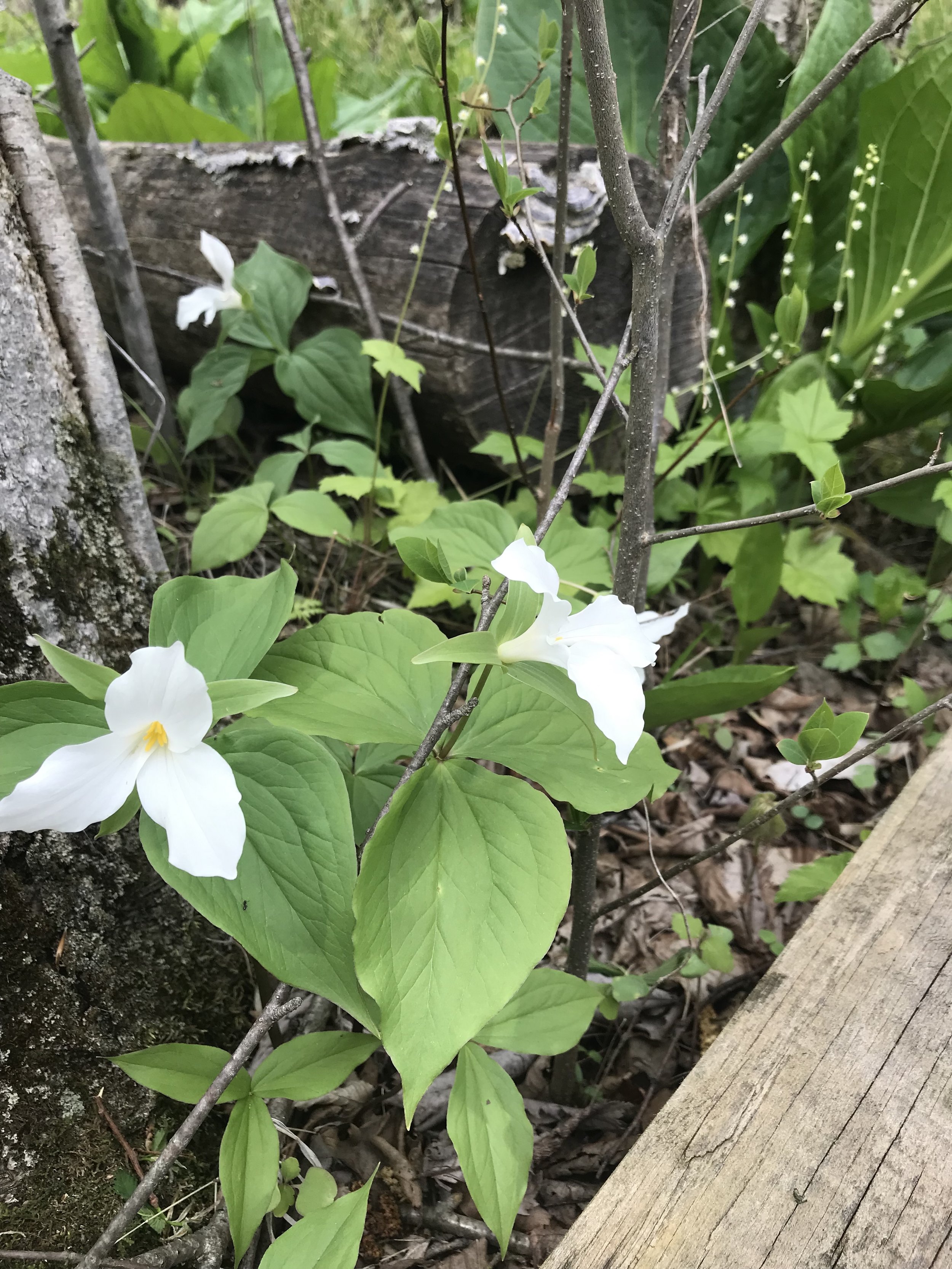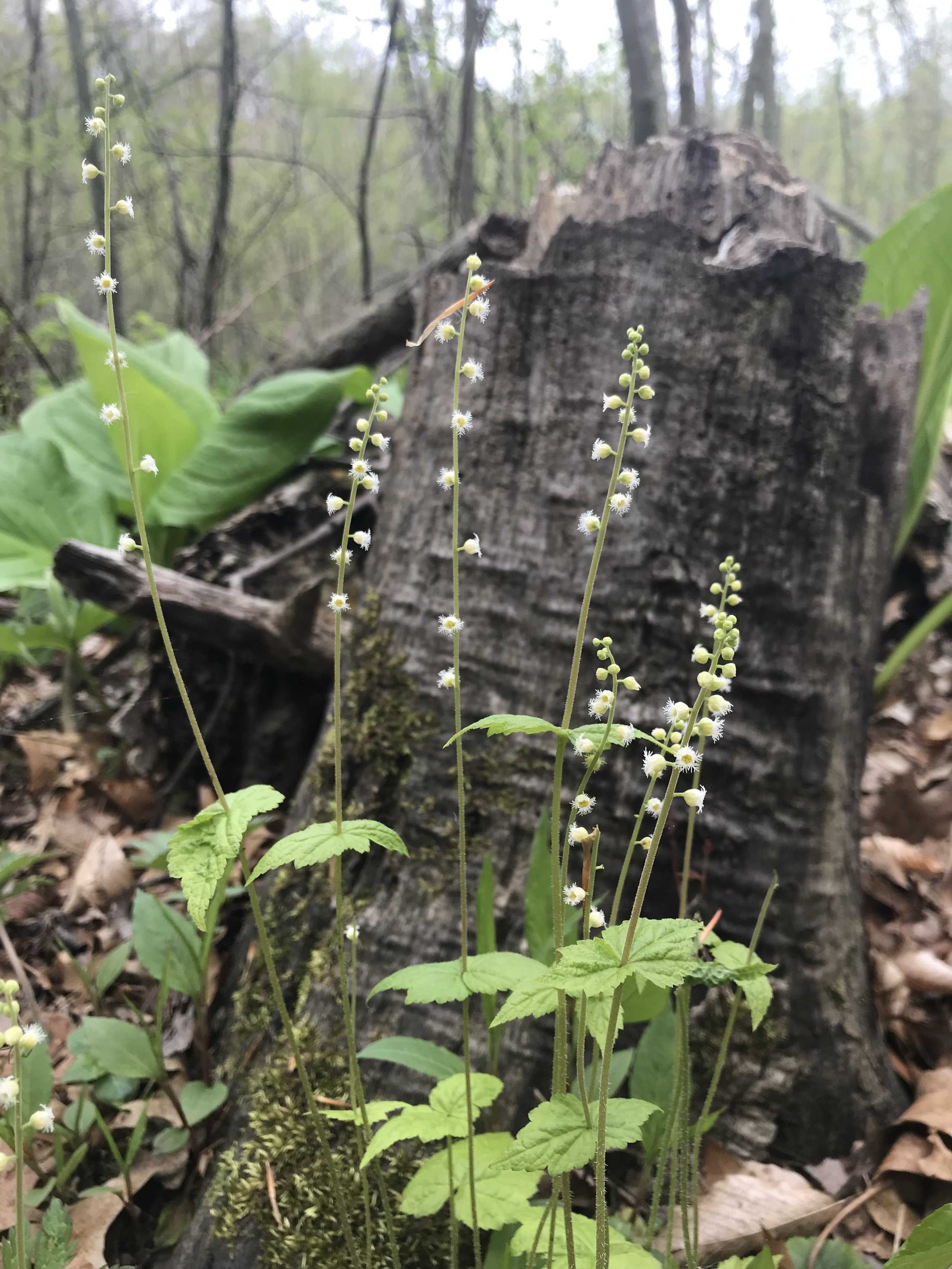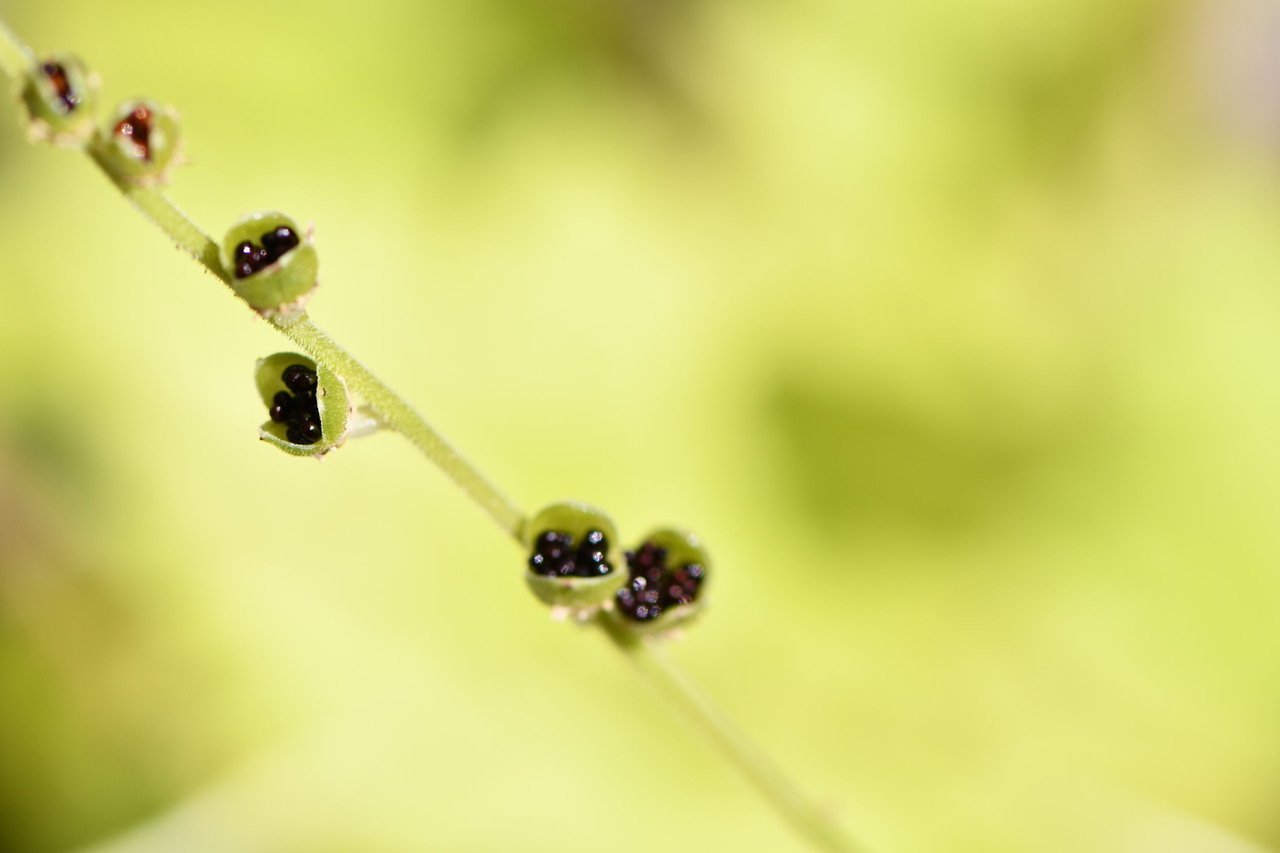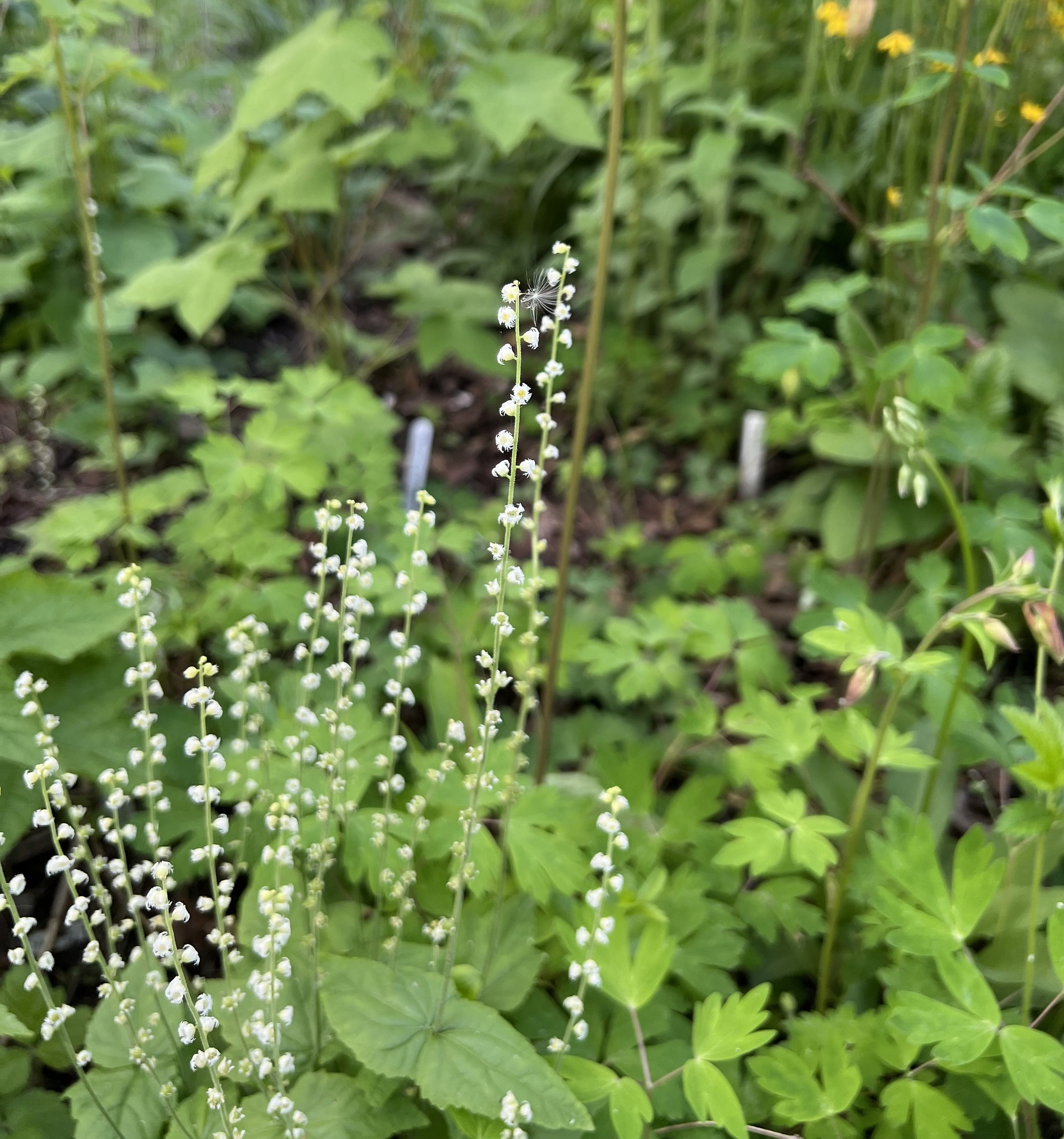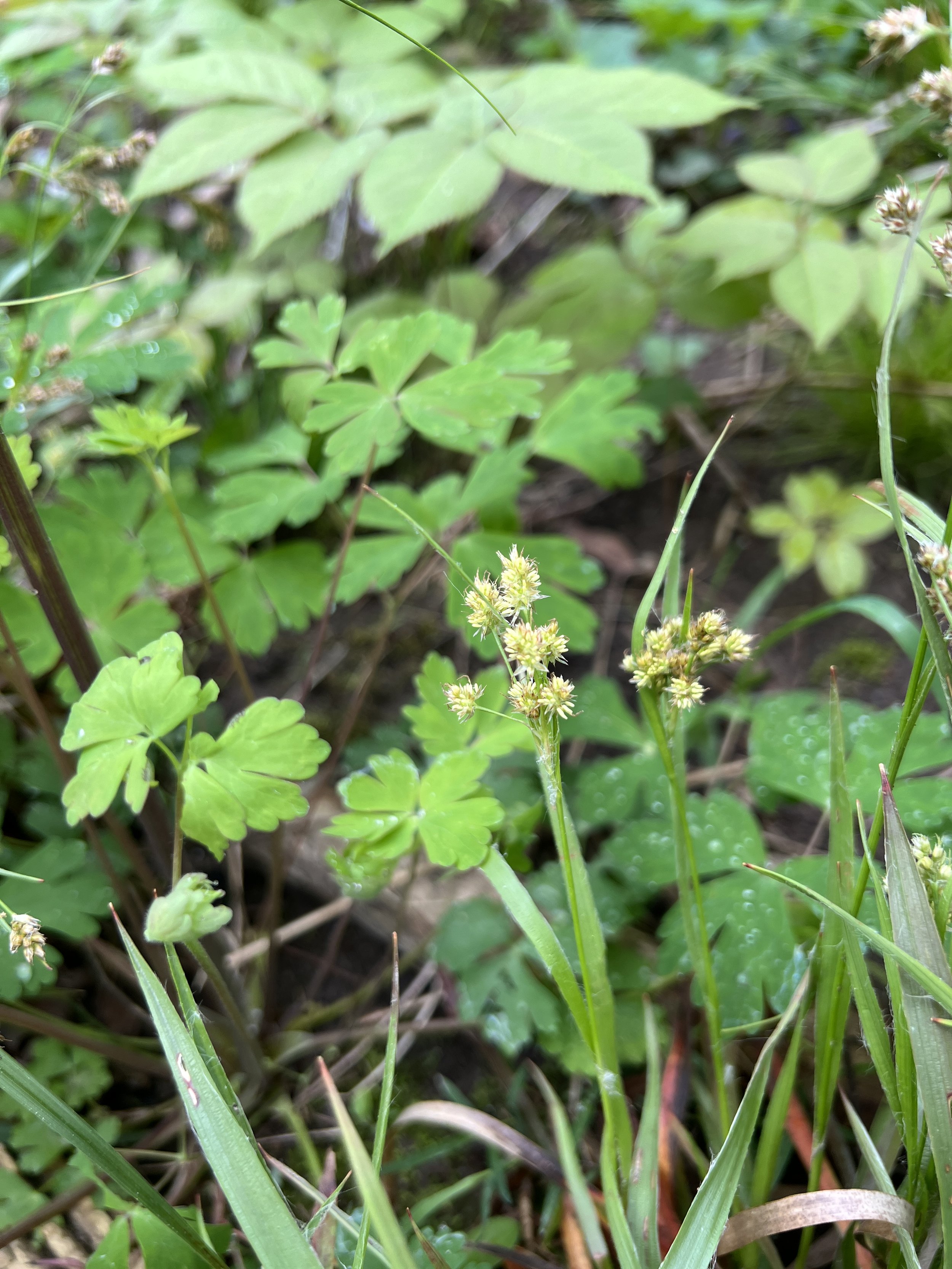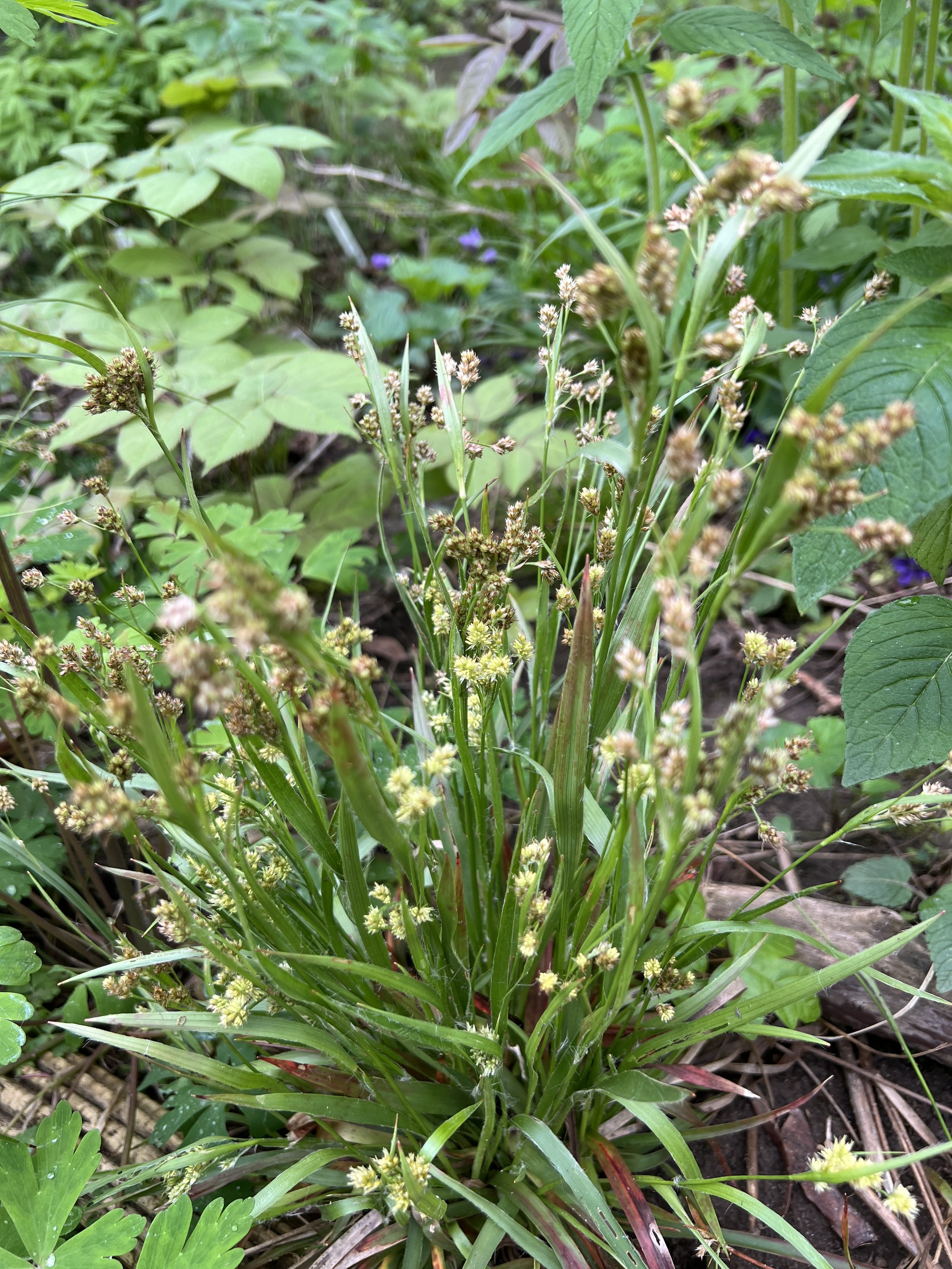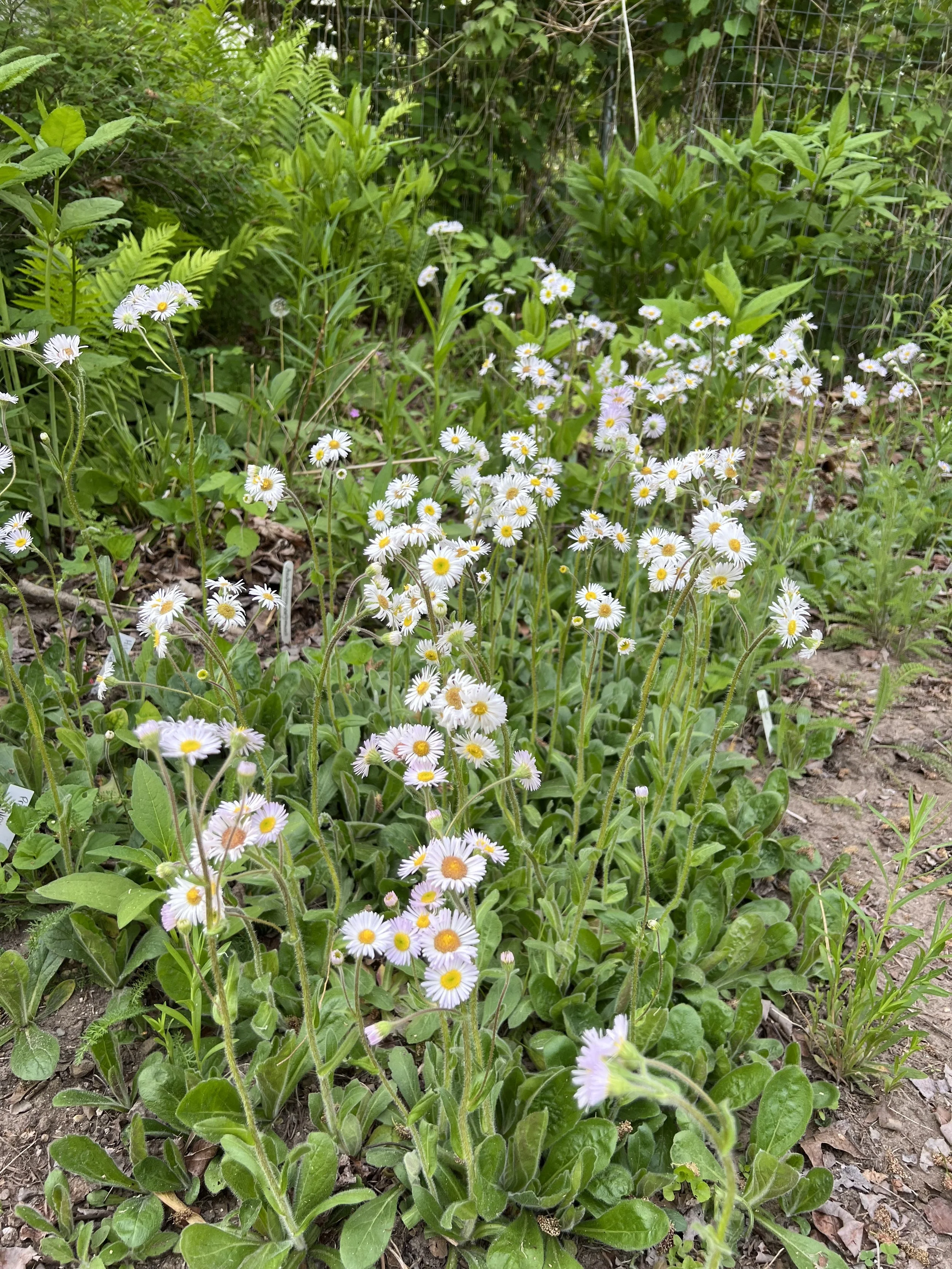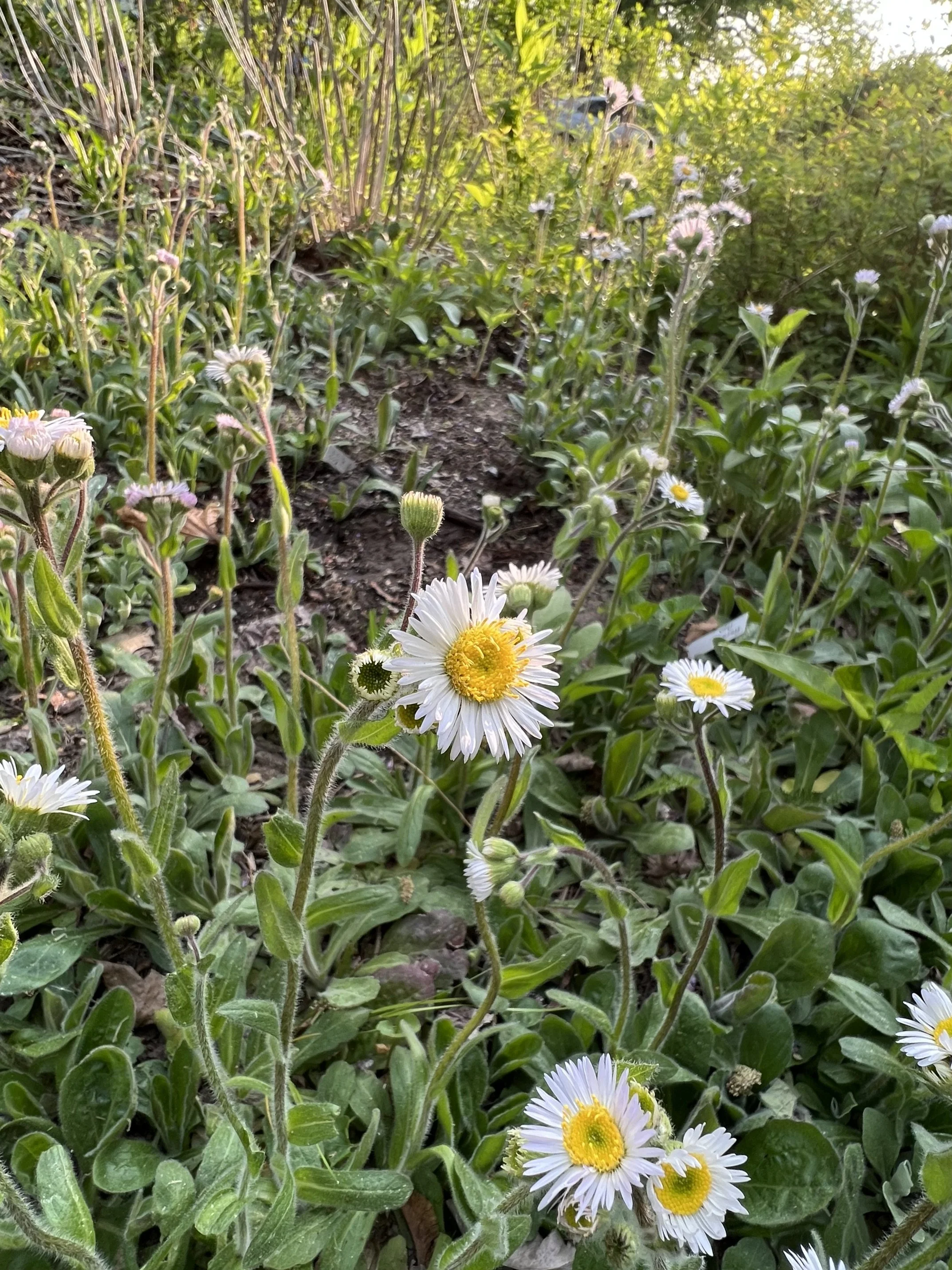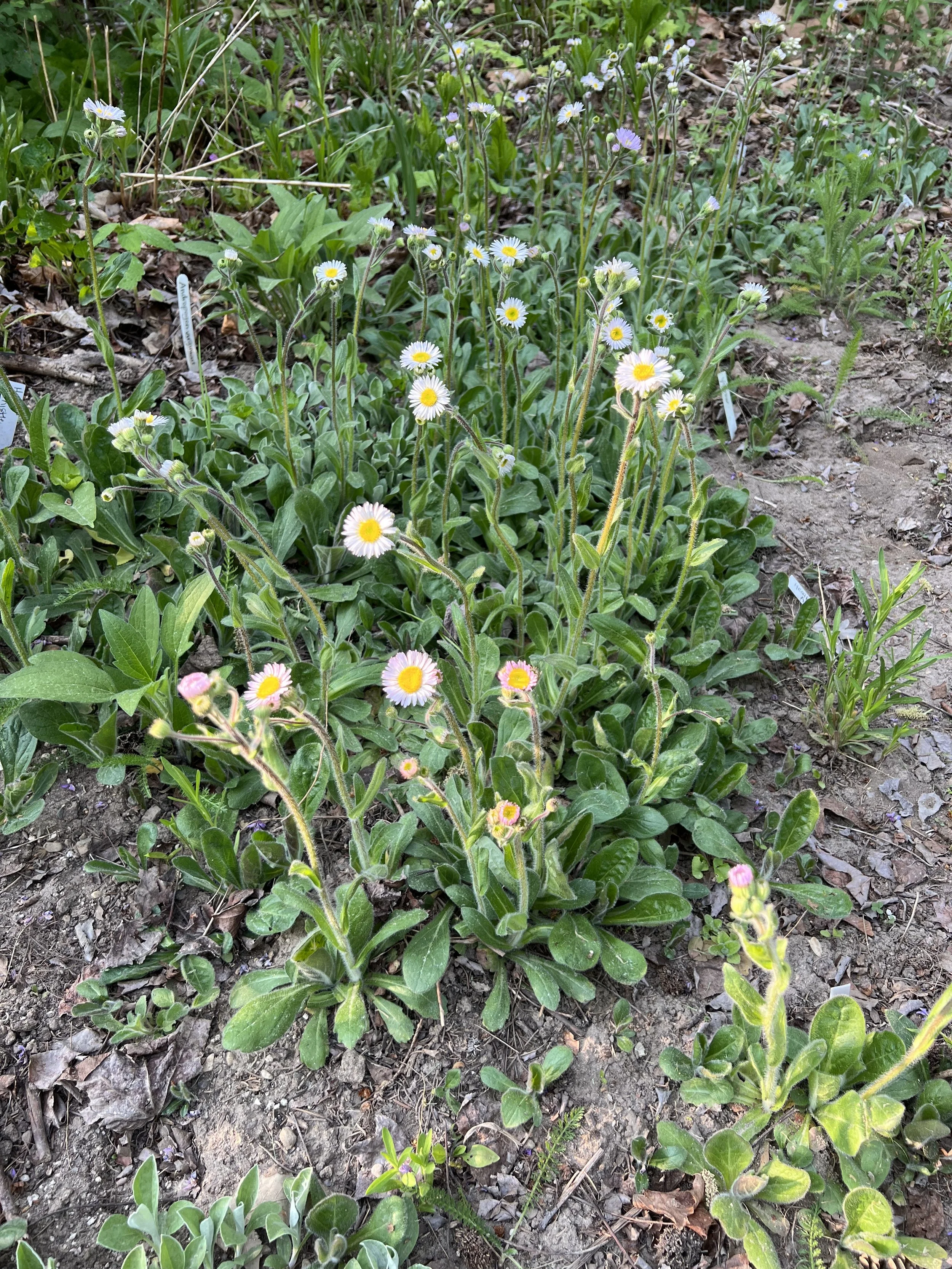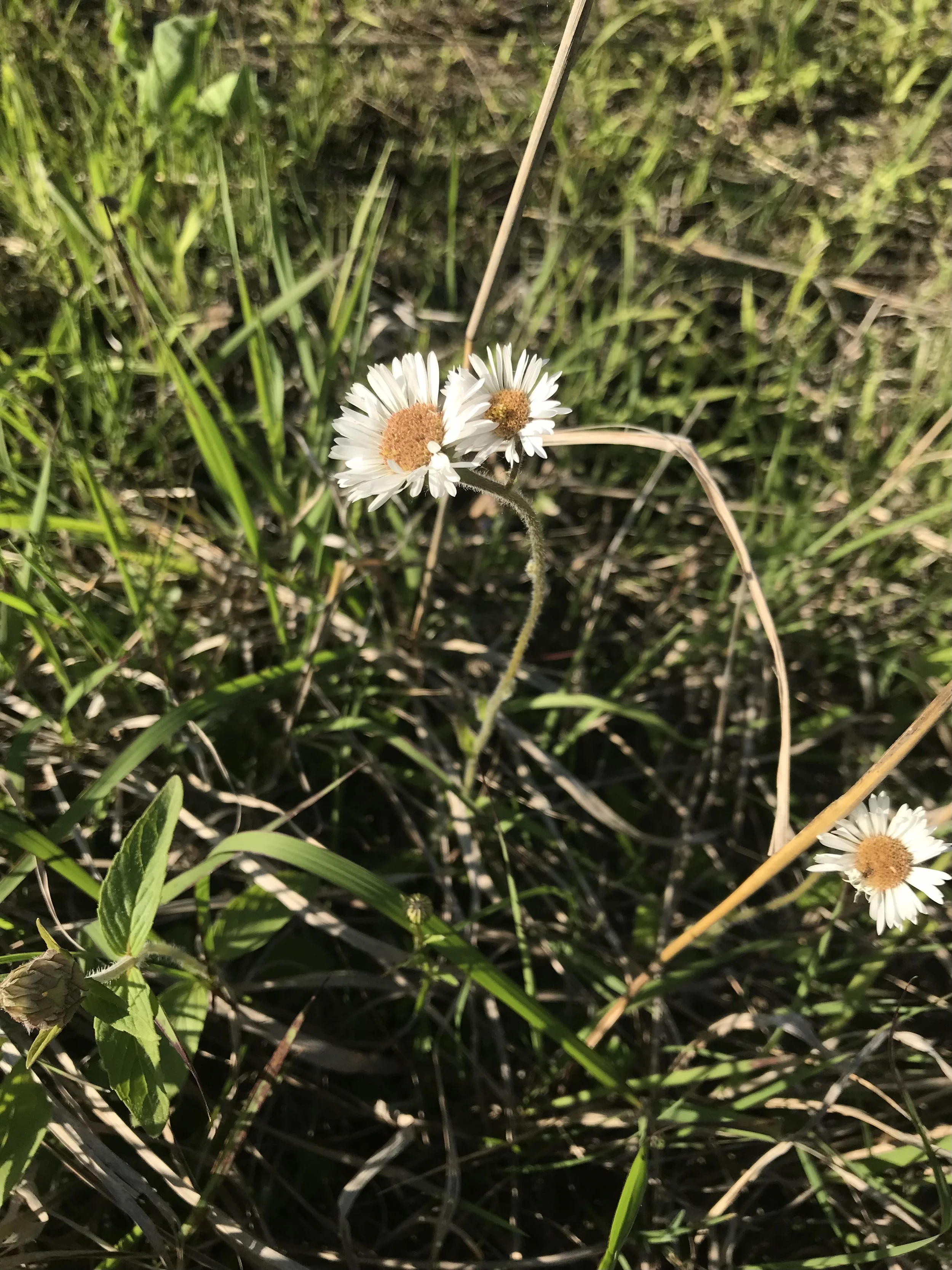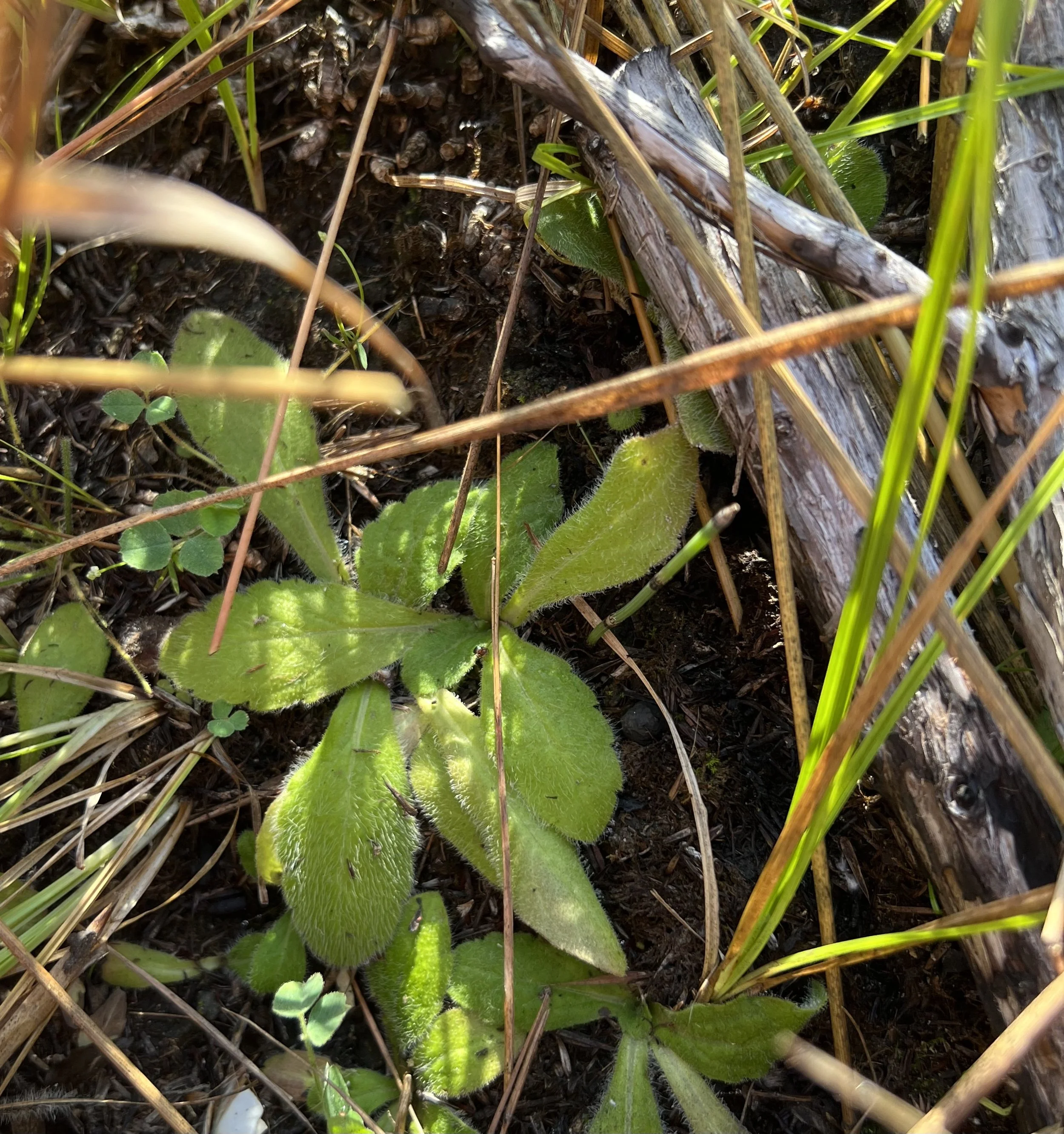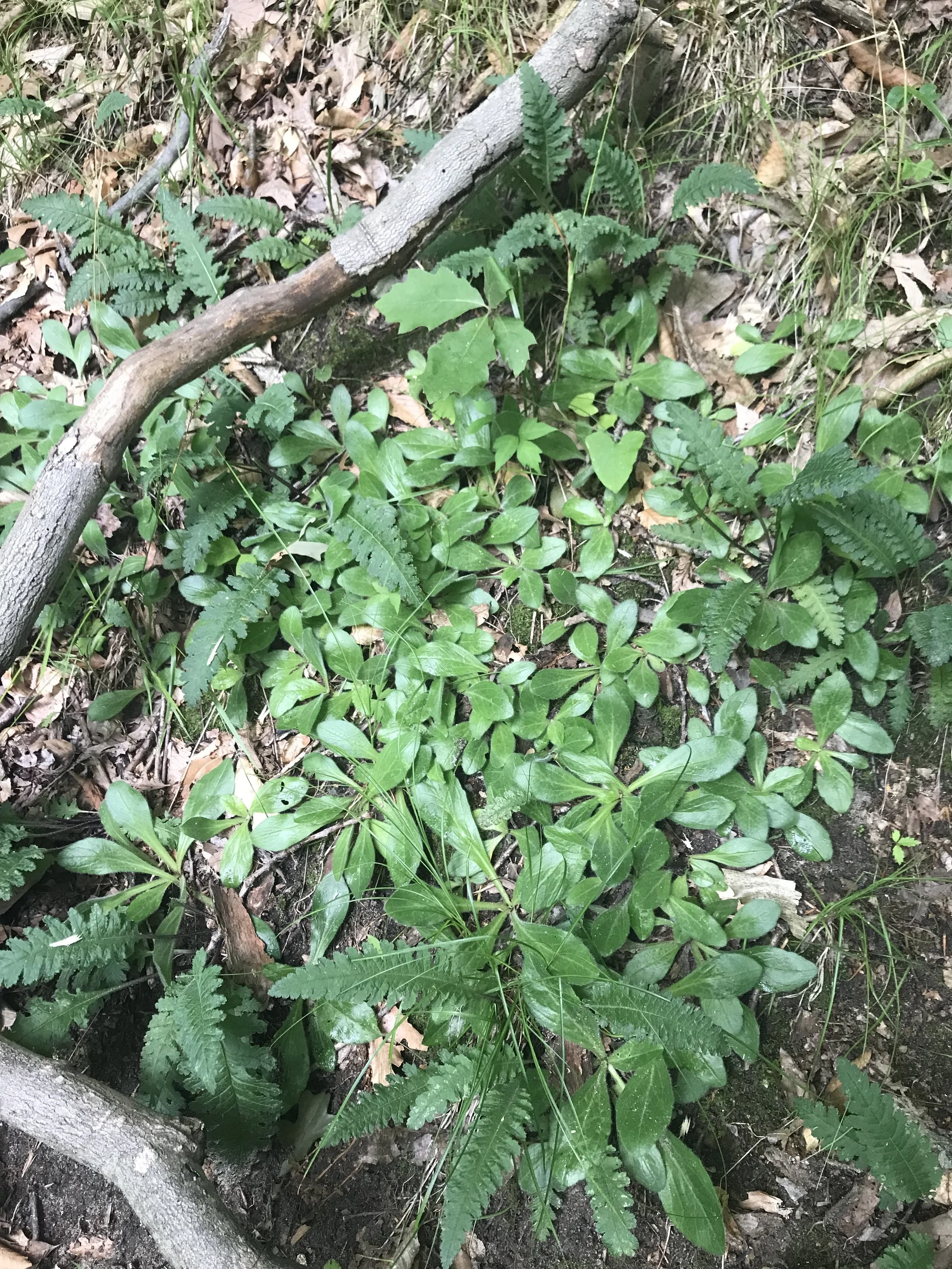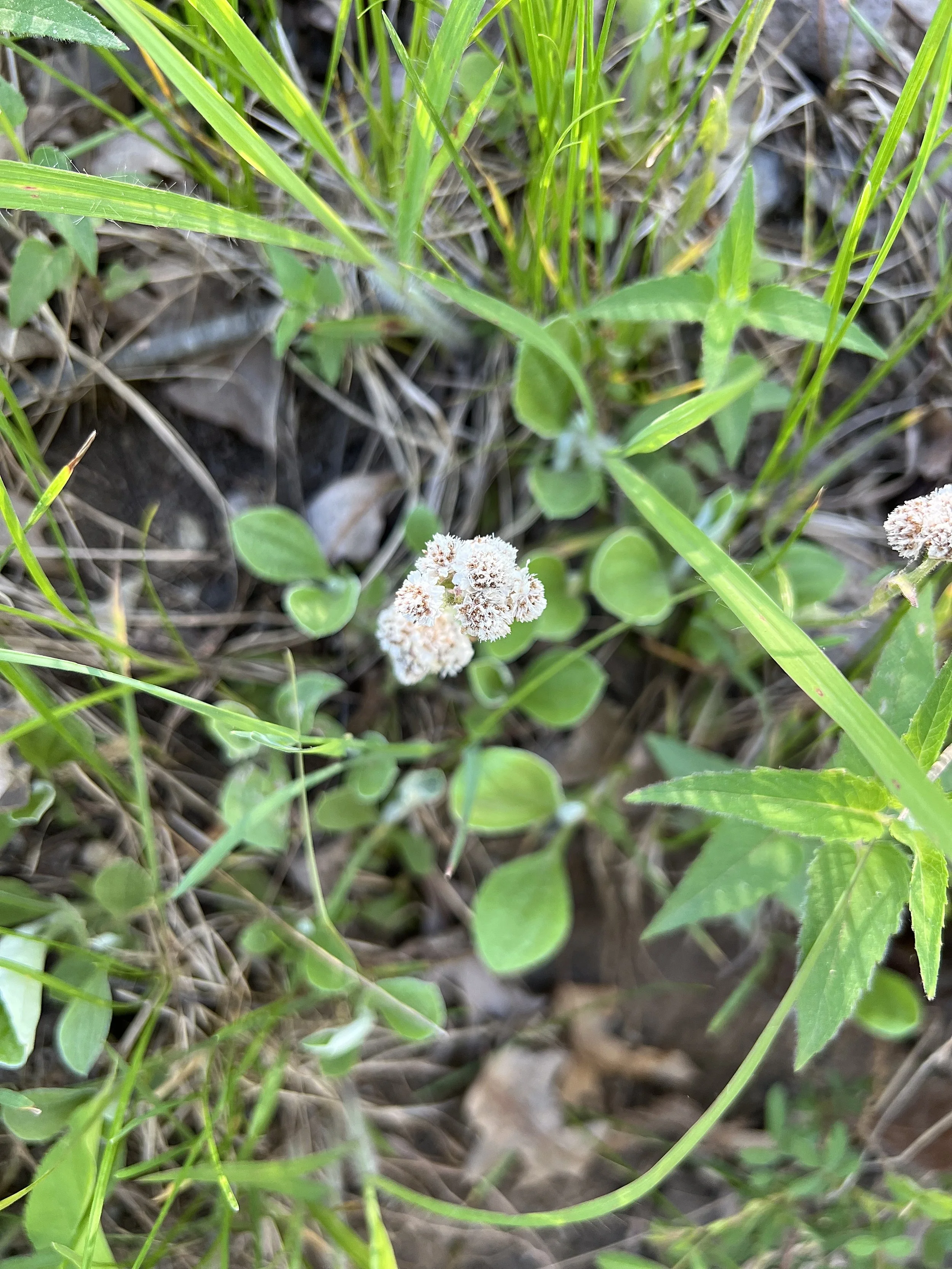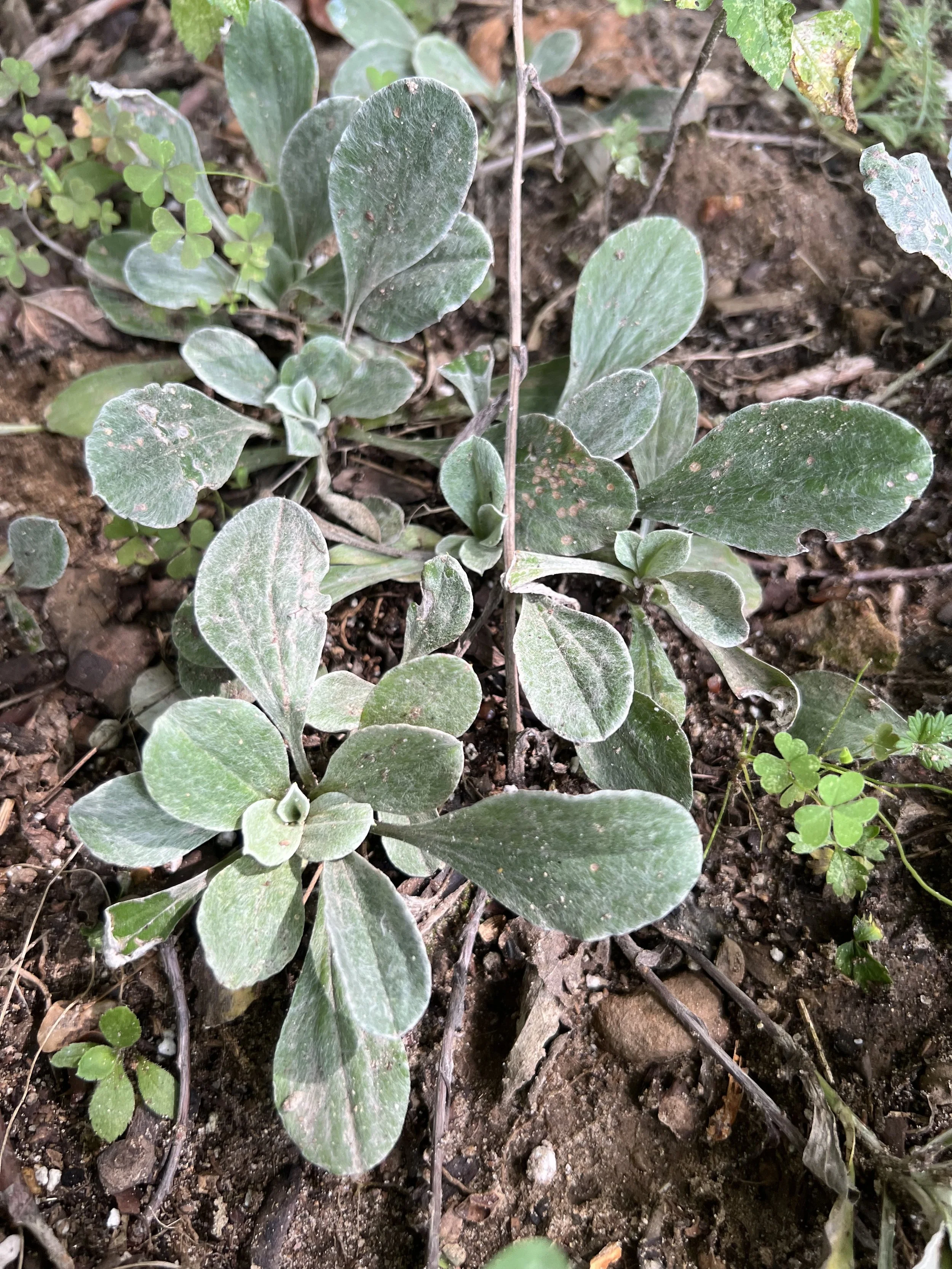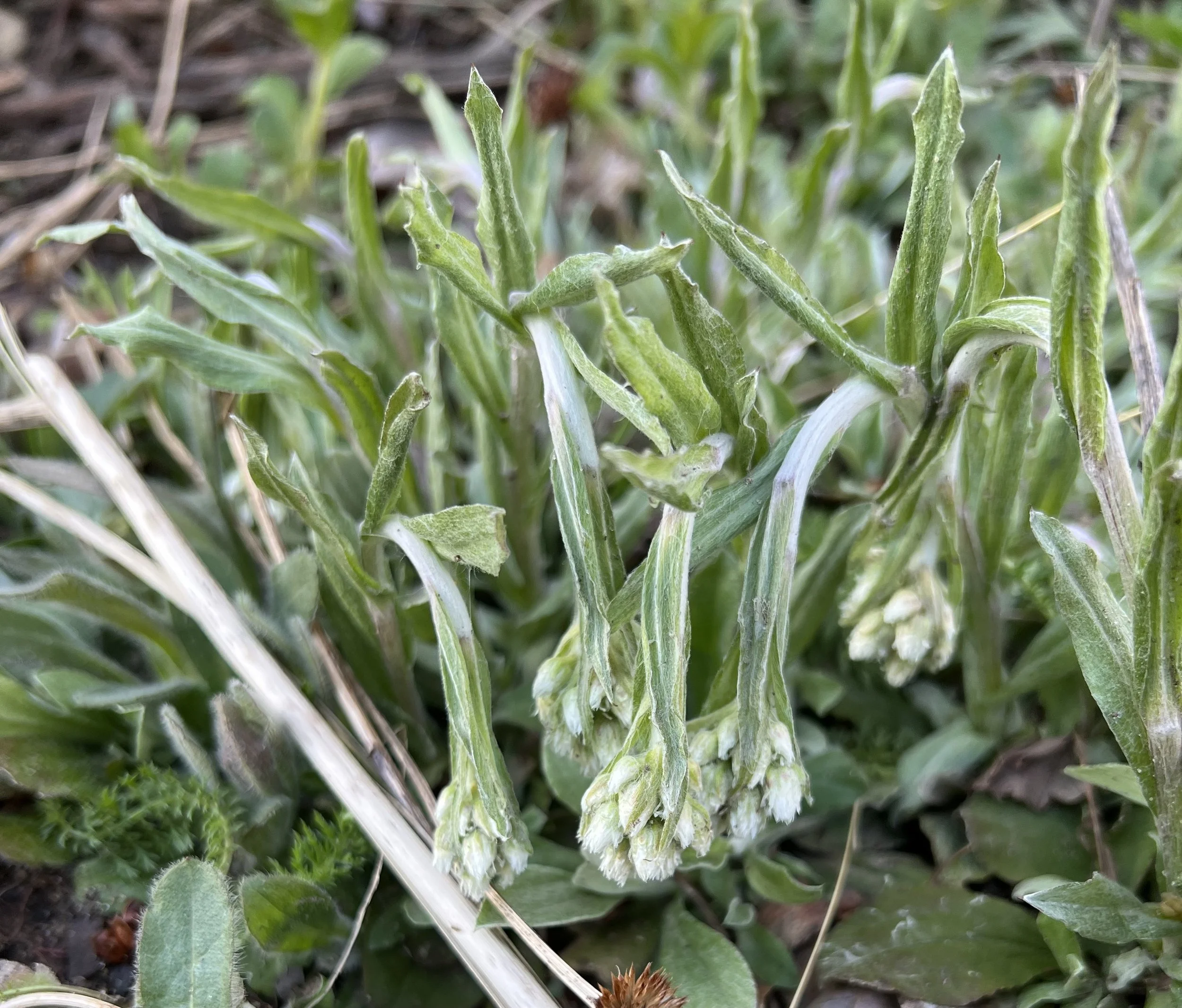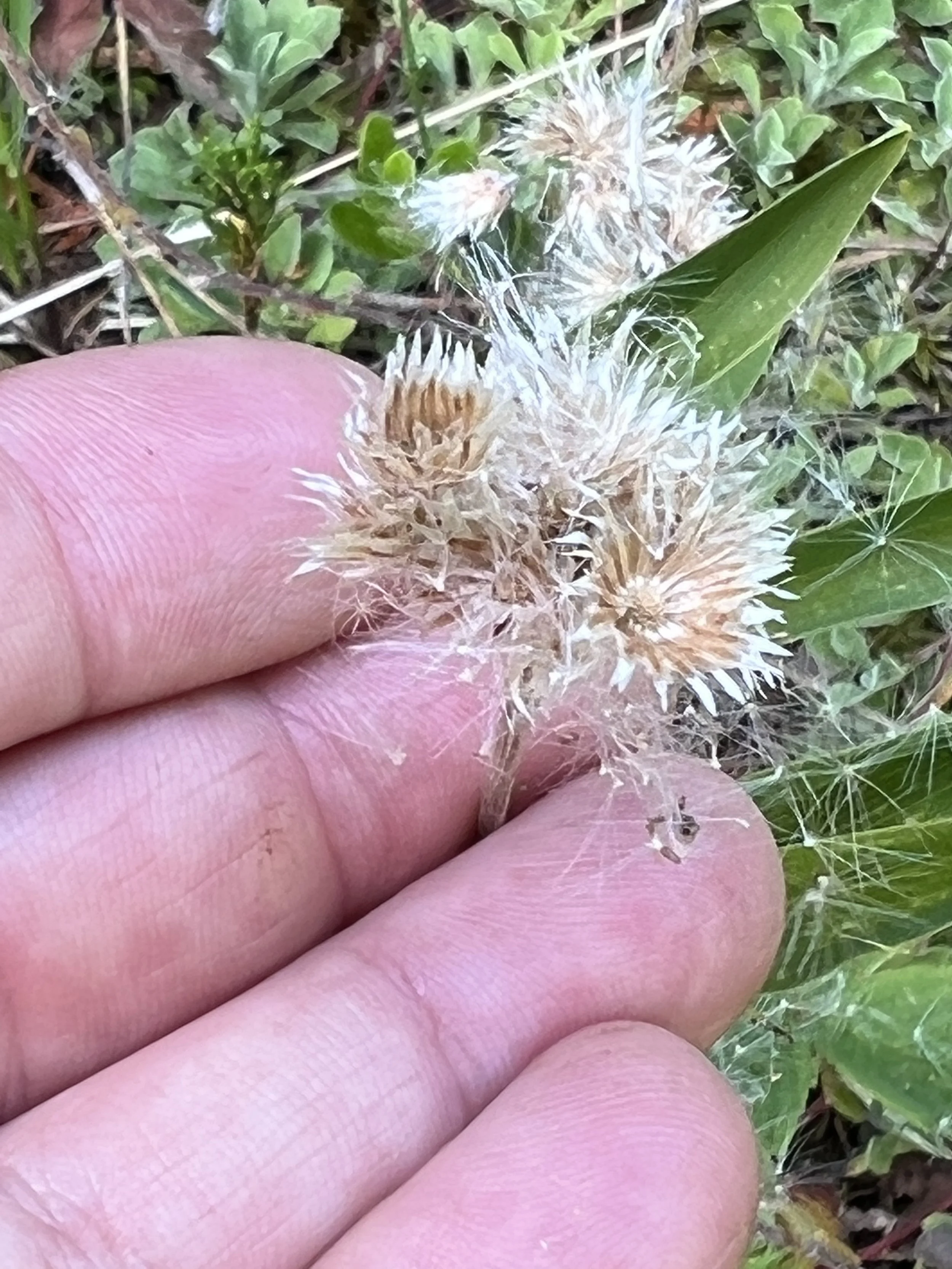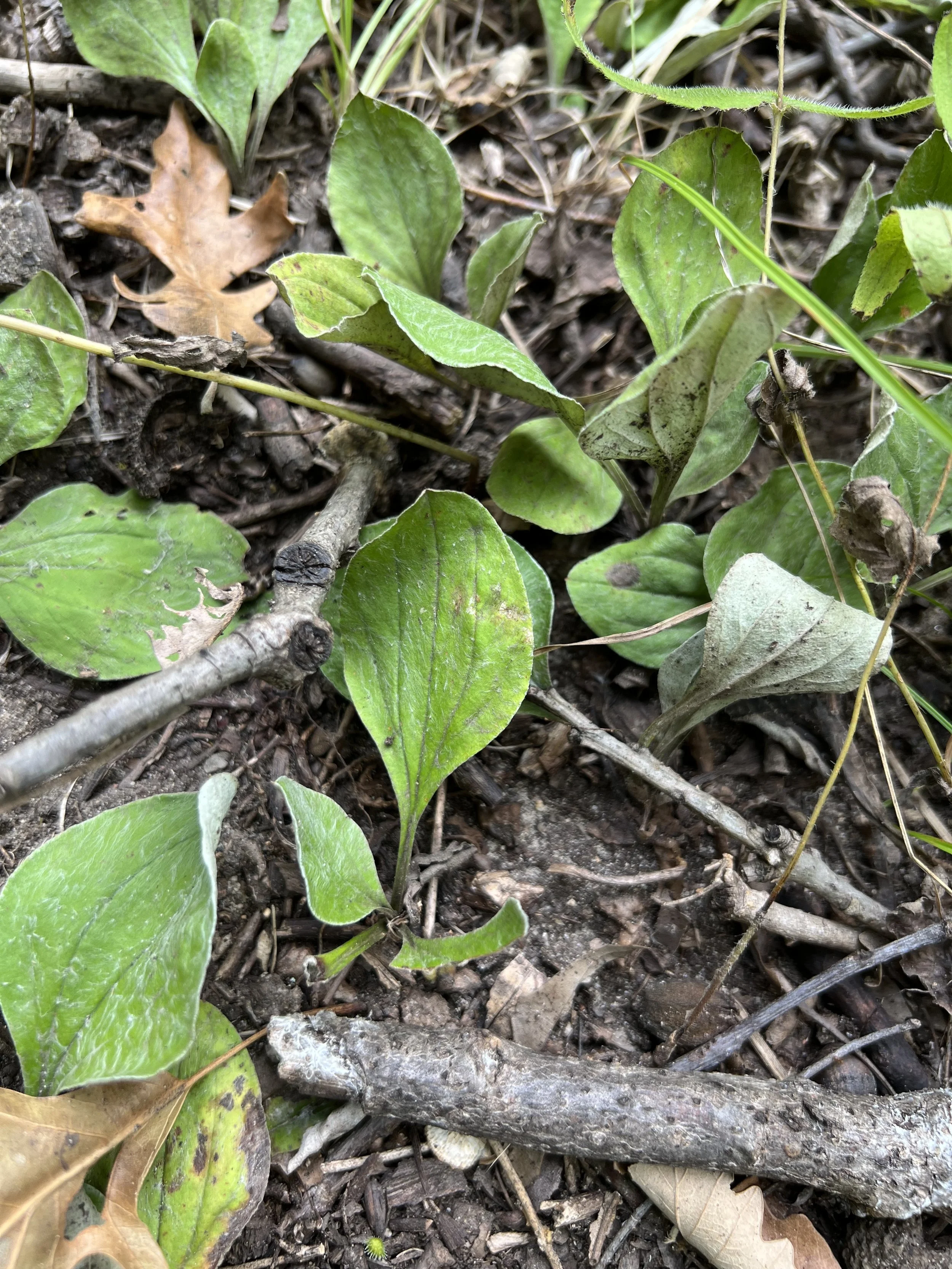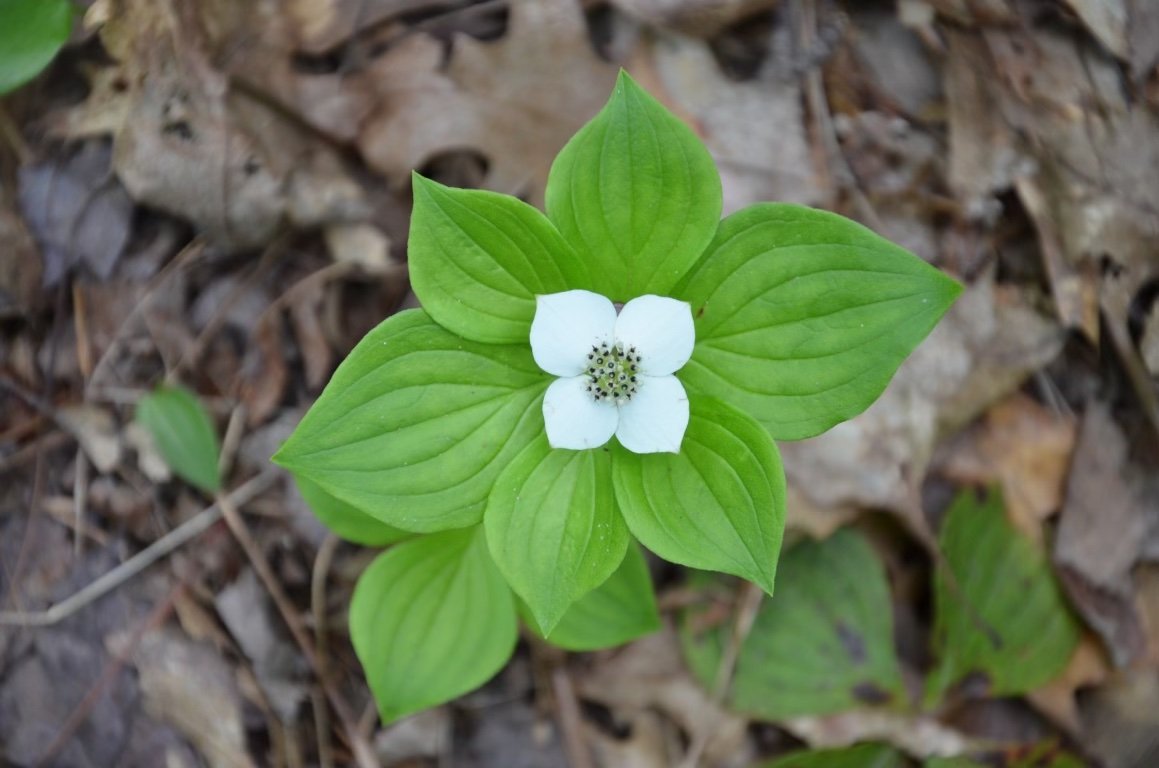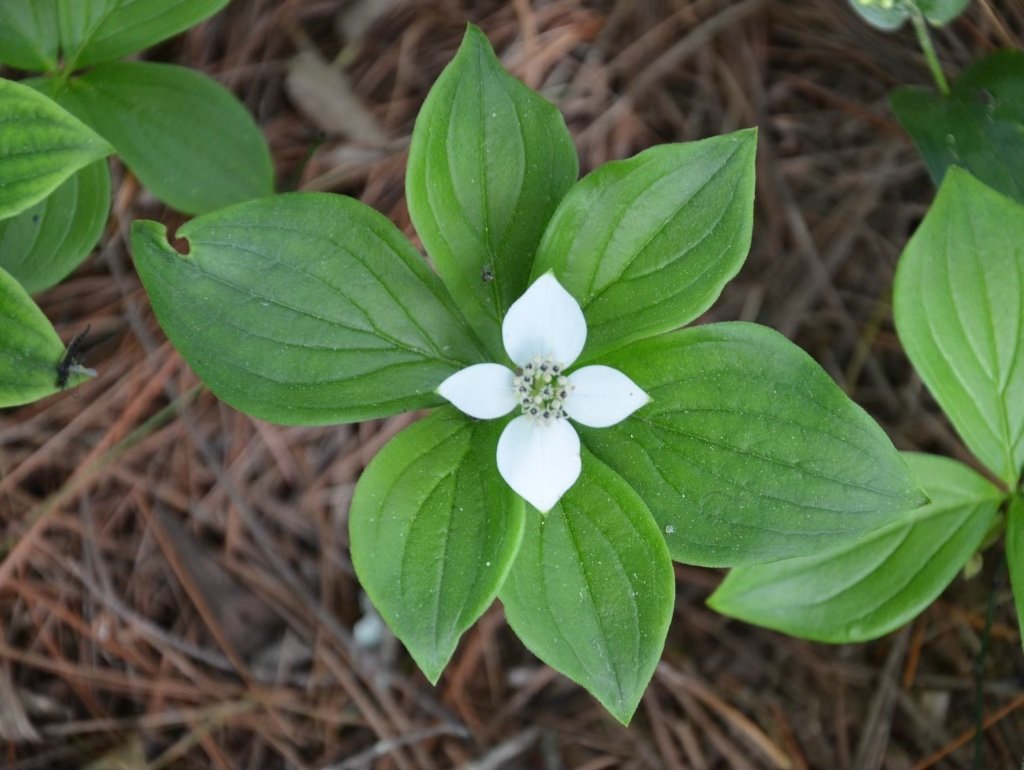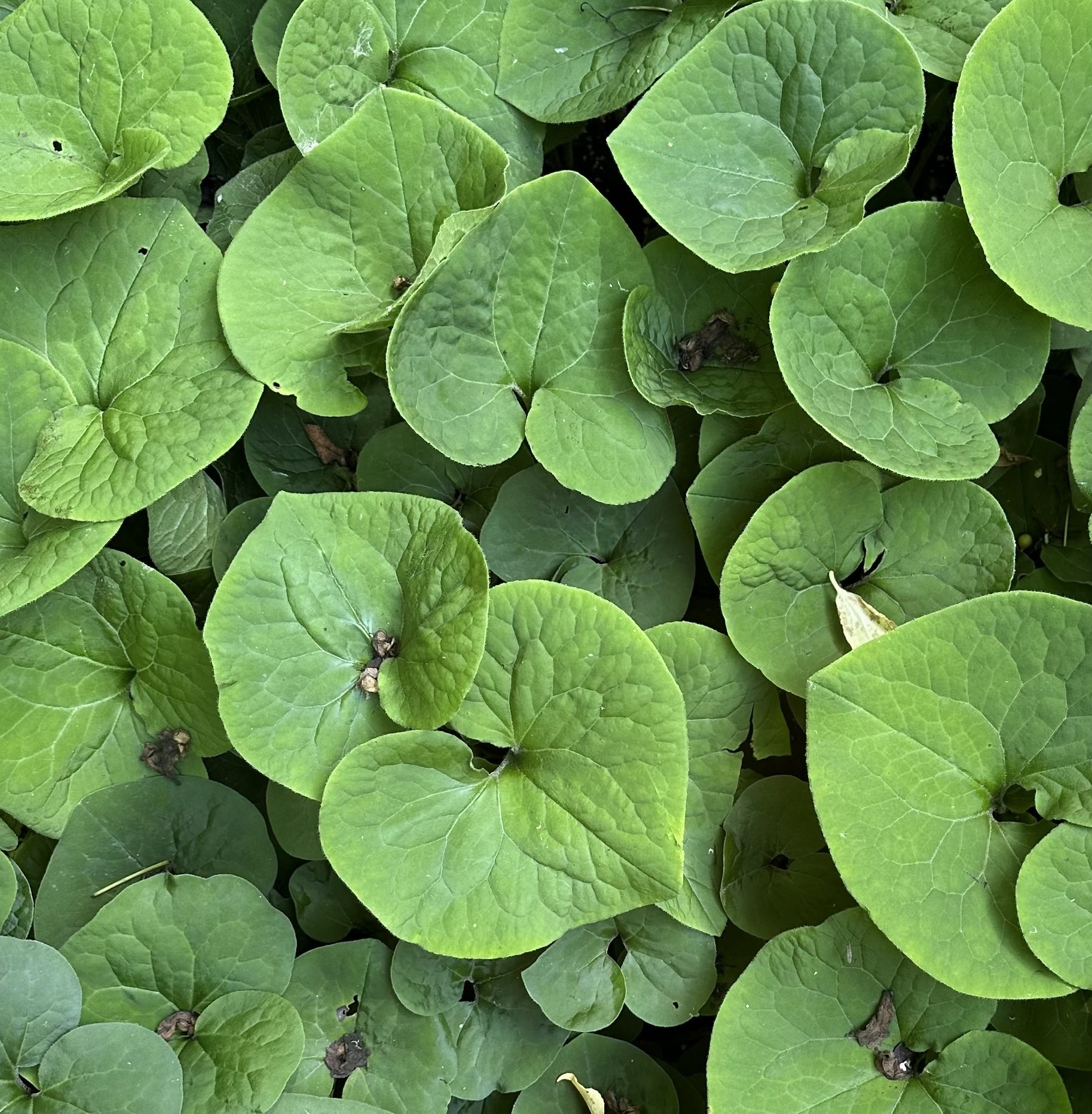 Image 1 of 9
Image 1 of 9

 Image 2 of 9
Image 2 of 9

 Image 3 of 9
Image 3 of 9

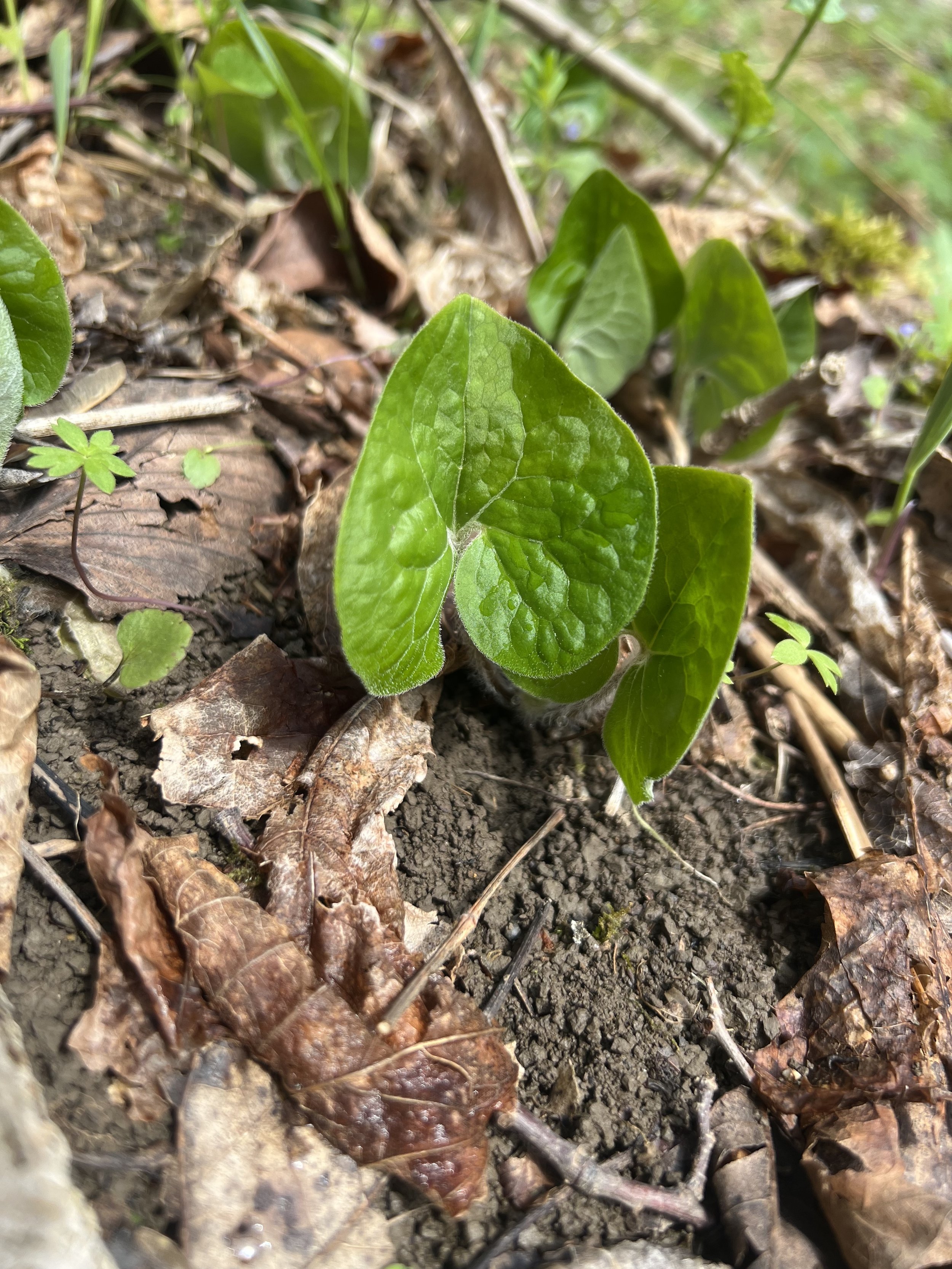 Image 4 of 9
Image 4 of 9

 Image 5 of 9
Image 5 of 9

 Image 6 of 9
Image 6 of 9

 Image 7 of 9
Image 7 of 9

 Image 8 of 9
Image 8 of 9

 Image 9 of 9
Image 9 of 9










Wild Ginger (Asarum canadense)
from $5.50
Sold Out
Wild Ginger (Asarum canadense) is the star of the show here at Wild Ginger Woodlands. Sally, owner and grower, is a ginger herself!
She is partial to the heart-shaped (cordate) almost-succulent leaves, and the intricate hidden flowers. It’s worth getting down low and parting the leaves to see the burgundy and cream flowers that are thought to be pollinated mostly by beetles and flies. When ginger leaves emerge and spread open, they stand upright. They continue to grow and eventually lay flat as a ground cover.
Wild Ginger needs moist, fertile soils and will produce a ground cover 4-6” high if left to spread. Divisions can be made once it begins spreading if you’d like to make more patches. Wild Ginger emerges and flowers in the spring at the same time as ephemeral plants but the leaves stay green during the entire growing season.
The roots do indeed smell like culinary ginger, however I came across conflicting information about human consumption. Illinois Wildflowers calls the leaves toxic, but also says the roots can substitute for culinary ginger. As with many aromatic plants, deer and rabbits don’t tend to bother wild ginger.
Wild Ginger is the host plant for caterpillars of the pipeline swallowtail.
Wild Ginger (Asarum canadense)
Michigan Flora reference page for state distribution: Wild Ginger
height: 4-6 inches
bloom time: April-June
soil: medium, rich
sun: shade
plant spacing: 8”
flower: burgundy
life cycle: perennial
familly: Aristolochiaceae
seed source: Michigan
Sizes:
Get notified by email when this product is in stock.
Wild Ginger (Asarum canadense) is the star of the show here at Wild Ginger Woodlands. Sally, owner and grower, is a ginger herself!
She is partial to the heart-shaped (cordate) almost-succulent leaves, and the intricate hidden flowers. It’s worth getting down low and parting the leaves to see the burgundy and cream flowers that are thought to be pollinated mostly by beetles and flies. When ginger leaves emerge and spread open, they stand upright. They continue to grow and eventually lay flat as a ground cover.
Wild Ginger needs moist, fertile soils and will produce a ground cover 4-6” high if left to spread. Divisions can be made once it begins spreading if you’d like to make more patches. Wild Ginger emerges and flowers in the spring at the same time as ephemeral plants but the leaves stay green during the entire growing season.
The roots do indeed smell like culinary ginger, however I came across conflicting information about human consumption. Illinois Wildflowers calls the leaves toxic, but also says the roots can substitute for culinary ginger. As with many aromatic plants, deer and rabbits don’t tend to bother wild ginger.
Wild Ginger is the host plant for caterpillars of the pipeline swallowtail.
Wild Ginger (Asarum canadense)
Michigan Flora reference page for state distribution: Wild Ginger
height: 4-6 inches
bloom time: April-June
soil: medium, rich
sun: shade
plant spacing: 8”
flower: burgundy
life cycle: perennial
familly: Aristolochiaceae
seed source: Michigan

